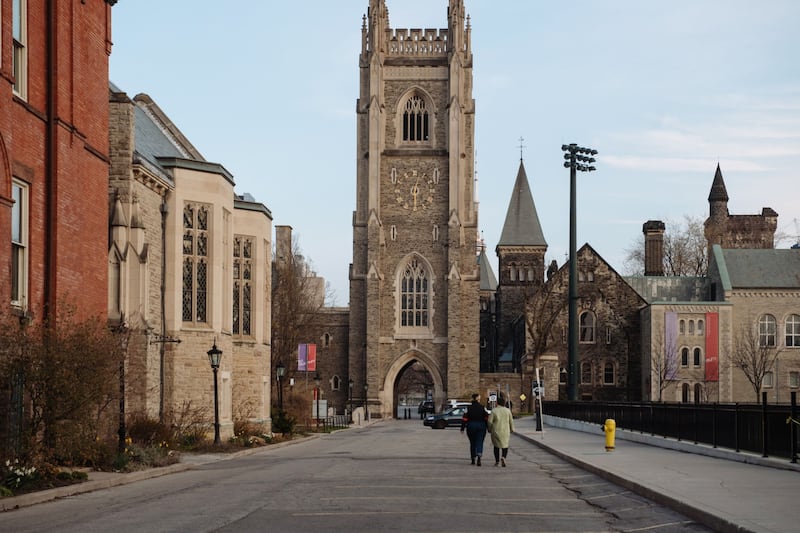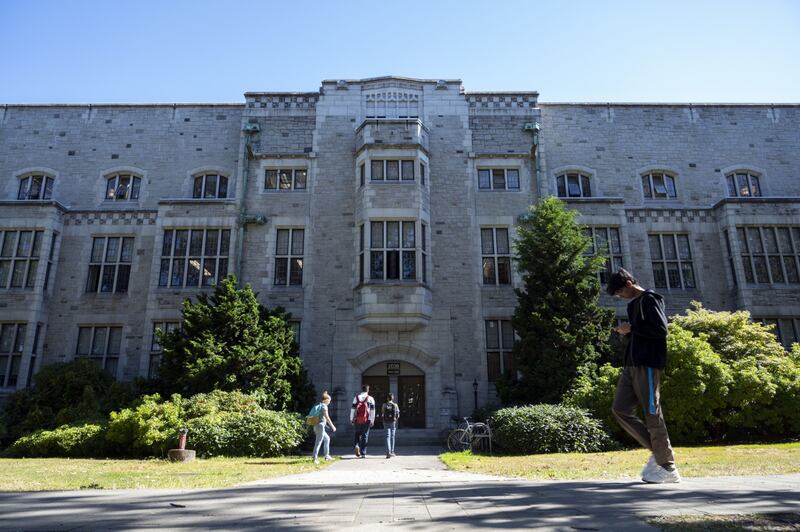In the four or so years since moving to Canada, Shivangi Sharma has completed postgraduate work at York University in Toronto and found a fulfilling job as a corporate talent acquisitions specialist.
Originally from Chandigarh in northern India, Ms Sharma, 27, is one of the 8.3 million immigrants who call Canada home.
Immigrants now make up nearly a quarter of the Canadian population, according to the 2021 census, released by Statistics Canada this week.
Ms Sharma’s journey to Canada was born out of circumstance. Eager to study and live abroad, she had family and friends who were already settled in the country and so decided to move to the Toronto area in 2018 for postgraduate studies.
It hasn’t always been easy, she told The National.
“I had never lived outside my home until I came to Canada,” Ms Sharma said. “It was my very first time and it was rough.”
But once she adjusted to life on her own, she said she found Canada to be a welcoming place that quickly became “home”.
“The more time you invest in the country, it just gets better,” she said.
Canada has the largest percentage of immigrants of all Group of Seven countries.
The new statistics show that most immigrants come to Canada from Asia, with India making up more than 18 per cent of new arrivals.
From 2016 to 2021, more than 1.3 million people immigrated to Canada, the largest number ever recorded in a national census.
Statistics Canada expects immigrants to continue to make up a significant percentage of the population in the coming decades. It estimates new arrivals could make up between 29.1 per cent and 34 per cent of the population by 2041.
In 2021, Canada let in a record 401,000 immigrants. This year, it aims to accept more than 430,000 people.
Canada has always been a country of immigrants, noted Jeffrey Reitz, professor emeritus of ethnic and immigration studies at the University of Toronto.
“In the last several decades, the government has placed a lot of emphasis on increasing immigration,” he explained.
Canada’s relatively small population and a low birth rate make immigration a necessity.
“The US birth rates until recently have been higher than the Canadian and without immigration, our proportion of the North American population would be declining,” he said.
“So immigration is important in keeping that up.”
Immigrants tend to arrive in Canada through three channels: economic visas, family reunification or as refugees. The majority of new Canadians arrive for economic reasons and tend to be highly educated, making them valuable additions to the workforce.
“What the census is trying to tell us is just how fundamental immigration is, not only to our population growth, but also to the growth of our labour force,” said Jack Jedwab, president of the Association for Canadian Studies.
“It has been extremely clear that most of the growth in our labour force has been driven by immigration.”












